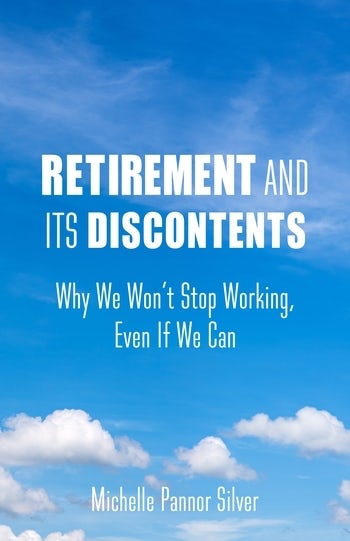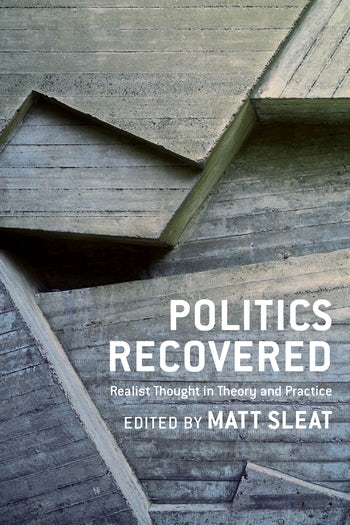An Interview with Claude Piantadosi, Author of Mankind Beyond Earth
“As a lifelong investigator, I have a deep belief that maintaining our research leadership in all facets of science is critical to our nation’s continued success as a forward-thinking civilization. Despite its great costs and high risks, space exploration is still a wholly worthwhile investment for America.”—Claude Piantadosi
Our featured book this week is Mankind Beyond Earth by Claude Piantadosi (remember to enter our Book Giveaway for the chance to win a FREE copy!)
In the following interview, Piantadosi outlines his book and makes a compelling case for manned space exploration in the twenty-first century.
Q: How does your book approach human space exploration?
Claude A. Piantadosi: Mankind Beyond Earth uses space exploration as a model to help guide the reader to a deeper understanding of why we explore and how important exploration is to our species. Space exploration, like past explorations of the oceans and the continents, is ultimately about people and about our ability to adapt. Space is in many ways our most challenging frontier, because the resources we have to advance space exploration are very limited, and they must be put to good use both to develop new technologies and to explore such a uniquely hostile environment. This requires deep scientific knowledge and careful planning, as well as patience, particularly where peoples’ lives are at stake.
Q: Why should we keep sending people into space when robots will do?
CAP: This is one of the most common questions I’m asked by physical scientists, who understand that the cost of a human space mission is at least ten times that of a comparable unmanned mission. The capabilities of robotic probes are increasing dramatically and most of our greatest discoveries in space have come from robotic missions, such as the Mars Rovers. However, the man versus machine tug-of-war creates a false dichotomy. There are roles for both types of missions to space, as my examination of the history of our space program in the book illustrates.
The ability to set the horizons for human and robotic missions in proportion and in tandem is important to our future success in space. A forward-thinking hypothetical is the use of remote mining technology to dig an underground space habitat, say into a hillside or crater rim on Mars. In talking to a couple of professors at the Colorado School of Mines, they think (and I agree) it would be preferable to have the “remote miner” fairly close to the excavation site, perhaps on the moon Deimos or in Mars orbit, instead of 50 million miles away on Earth, where a radio signal takes about four minutes each way and would be accessible to the excavator less than half of the time due to the daily rotations of the two planets on their axes.
Q: At this point, the huge investment in NASA’s manned space program over the past 50 years hardly seems worth it. What are we learning from people in space and why should we continue to spend so much on it when we have larger problems at home?
CAP: This is probably the most common and difficult question put to me by other scientists, particularly those in medicine and the life sciences. There is nothing I can say that will satisfy everyone because the answer to this question depends on how much value you put on research in science and technology and how you prioritize that research. One of my mentors once told me that he had published only about 5% of the discoveries from his laboratory and that only 5% of that was of practical use to people. The point he was making is that science takes time – you have to learn a lot in order to make a meaningful contribution to society. This also includes the time it takes to develop and validate new tools that allow you to gather new information that might be useful to someone someday, often in unpredictable ways. Because manned space exploration requires us to think very differently, it has led us to solutions for problems here on earth not directly related to space travel – what is sometimes called “spinoff.” Such achievements have and will continue to be difficult to qualify, but are valuable nonetheless.
Q: For almost a decade, a few astronauts at a time have spent six months monotonously orbiting the Earth on the International Space Station. Where should we be setting our sites for the future?
CAP: In order to build the International Space Station (ISS), we had to lay a lot of groundwork and assemble the station infrastructure in low earth orbit. This was expensive and time consuming, and it is natural not to want to give it up and move on to the next level. Yes, we are still doing some important research on the station, particularly into the effects of microgravity on the human body, but we are barely moving the dial on the larger space exploration field.
The best strategy for cranking that dial up is, of course, something that has caused a lot of restlessness and angst at NASA, in Congress, and among space scientists. It has also caused consternation among former astronauts, civilian advocates of space exploration, and old fashioned space enthusiasts. There are a very limited number of possibilities, which have been identified by NASA, and which I cover in the book. There is no small level of disagreement on this point because we cannot afford to do everything that we would like. It is clear to everyone that we need to learn to protect people from radiation outside the Van Allen belts and this means setting up an outpost beyond the belts. The President’s proposed asteroid mission has met with very limited enthusiasm for a variety of technical and practical reasons, including the decision about which of a myriad a asteroids we should choose and why. The arguments for Mars or one of its moons are fairly persuasive in the long run, but we do not yet have the transportation technology or the surface infrastructure for people to make the trip safely, and most experts that I respect still think it is thirty to fifty years away.
My interpretation of this situation is that we have no alternative but to develop a logical, step-by-step approach to human space exploration for the future. I make the case in the book that we should learn to live in space using our Moon, which is relatively close, outside the radiation belts, has 16% gravity, has water deposits, and calls forth many interesting geophysical and scientific problems. The argument that we have been there before has no traction (with me at least) because I see no viable alternative for the installation and testing of the necessary surface technologies over the intermediate term.
Claude A. Piantadosi, MD, is professor and director of the F.G. Hall Environmental Laboratory at Duke University. He is the author of more than three hundred scientific papers and The Biology of Human Survival: Life and Death in Extreme Environments.
1 Response
Leave a Reply
You must be logged in to post a comment.







I have been reading Dr Piantadosi’s Mankind Beyond Earth book for the last day or two and am very much enjoying it and learning heaps. One thing that really surprised me was that the moon was so hot: around 500 degrees Fahrenheit. This was quite a shock, as it never really occurred to me that the temperature there would be anything other than pretty much similar to Earth.